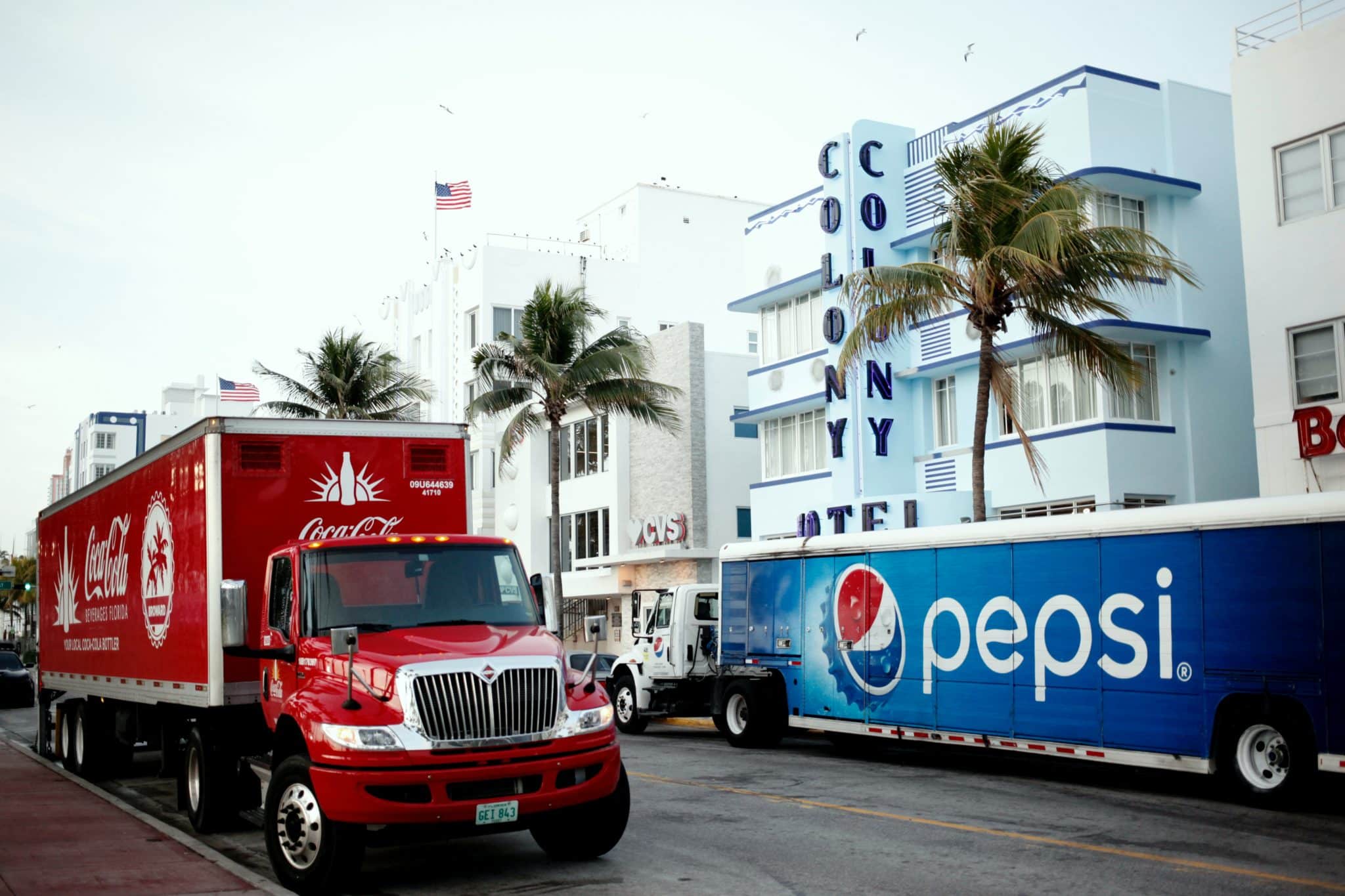The restaurant business is highly competitive. Conducting a competitive analysis of the strengths and weaknesses of nearby rivals can help you learn what you can do to stand out from the crowd. A competitive analysis is the methodical practice of analyzing your competition from a variety of different angles to understand the marketplace and define your place in it. Done correctly, it will help you improve and grow your business.
As an operator, you have both direct competitors and indirect competitors. Your direct competitors are competing for customers by providing similar products, such as an offering the same cuisine. If you are not sure who of direct competitors in your area, conduct a Google search using the same words that you would use to define your own concept. Use specific key words based on your menu or dishes such as “street tacos near me” or “Italian cuisine near me.”
Direct competitors could also have a different menu but operating under the same business model, such as fast food or fine dining. They can also be identified through a Google search using wording such as “fast food restaurant near me” or “family friendly dining near me.”
Indirect competitors are restaurants that offer completely different options than you, yet you are potentially competing for the same customers. If you run an ice cream shop and are located in the same strip mall as a bakery, there is still a chance they could pilfer your potential customers. While your products differ, they both fill the same need for potential customers looking for something sweet. Once again, Google can help by finding local businesses that offer “dessert near me” or sweets near me.”
Identify your competitors
Make a list of both direct and indirect customers you find, taking notes on what makes them a competitor. Then create a checklist for each restaurant so that you can research them to refine your restaurant’s offerings to match and exceed what they are doing. The prompts below are a great starting point but be sure to add your own thoughts of what you would like to discover through your research.
Evaluate their online presence
Look at their website. How do they position themselves? What kind of feedback do they get from customers? How about a loyalty program? How active is their social media presence? What type of information are they posting? What is their frequency? How does their online presence compare to your efforts?
Note their menu offerings and pricing structure
How is it different from yours? Price is typically not a deal-breaker if there is perceived value in the product. Customers appreciate value and are willing to pay for it; but if you are offering a similar product and your prices are not in line, it will be noticed. It may be time to apply the science of menu engineering to increase your profitability (get our free recipe costing and menu engineering guide here).
Observe their customers
Start by reading their customer reviews on Yelp or OpenTable. What are customers saying about them? Then visit the location themselves and observe a busy shift. Are the customers similar to yours, or the type of demographic you pictured when you opened your doors? If so, can you pinpoint where you are missing the mark of getting these folks into your restaurant? If not, identify what makes your restaurant interesting to a different demographic and play it up!
Watch how their employees behave
Are they friendly and engaged? Are they working as a team and helping each other out? Are they running each other’s food and filling drinks? Are they upselling to every table? These behaviors play into the overall dining experience of your guests.
Check out their technology
Are you familiar with the systems? Get online and compare it to what you are currently using to see if the technology is giving them any type of competitive advantage.
Take note of your competitors’ strengths
Noting areas where you competition is stronger than you is a great way to get fresh ideas and gain motivation on how you can improve your own business. How is the ambience? The food quality? Cleanliness? Perhaps they have a seasonal menu that is popular. Take note of what they may be doing better and then take action to improve in these areas.
Take note of your competitors’ weaknesses
Take note of the competition’s weaknesses and turn them into potential strengths for your business. Narrow down your list to items that will give you a competitive edge. For example, are there several reviews reporting slow service? If you are in an area with lots of hungry office people who only have an hour for lunch, advertise your quick service or create boxed grab and go meals.
Find gaps that you can fill to standout
What can you do differently to distinguish your business? Perhaps put a unique twist on similar menu items? Or train your employees to deliver impeccable service? Offer a better loyalty program? Use your creativity to find areas that make you stand out from the crowd.
Conclusion
Analyzing your competition is an ongoing process and should be performed often, especially as new restaurants open in your area. In any crowded marketplace, you need as much information and insight as possible to gain an edge over your competitors. Get started on finding your competitive advantage today using these nine simple steps.



